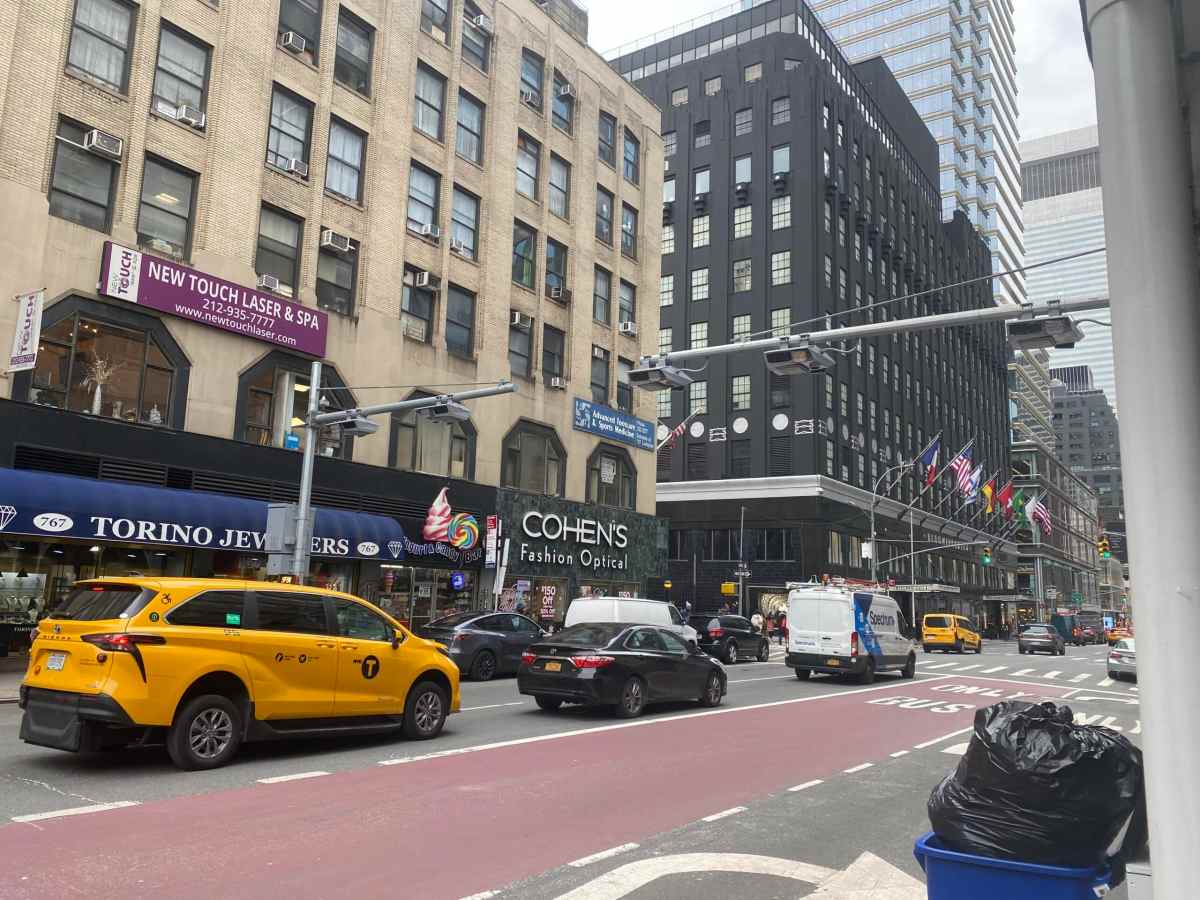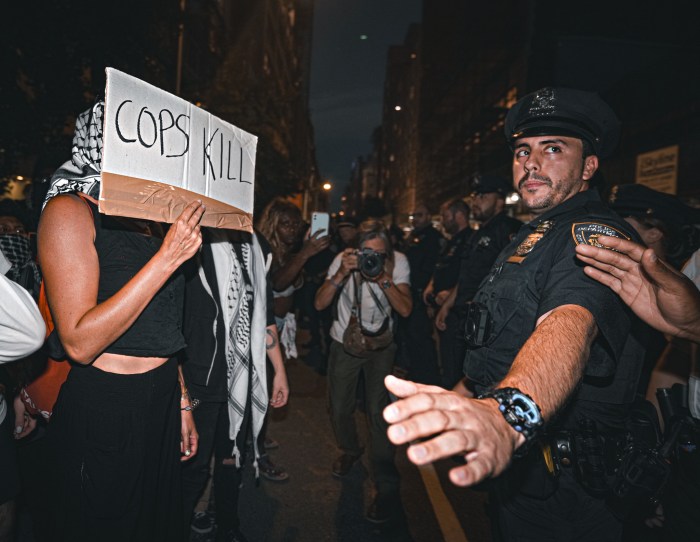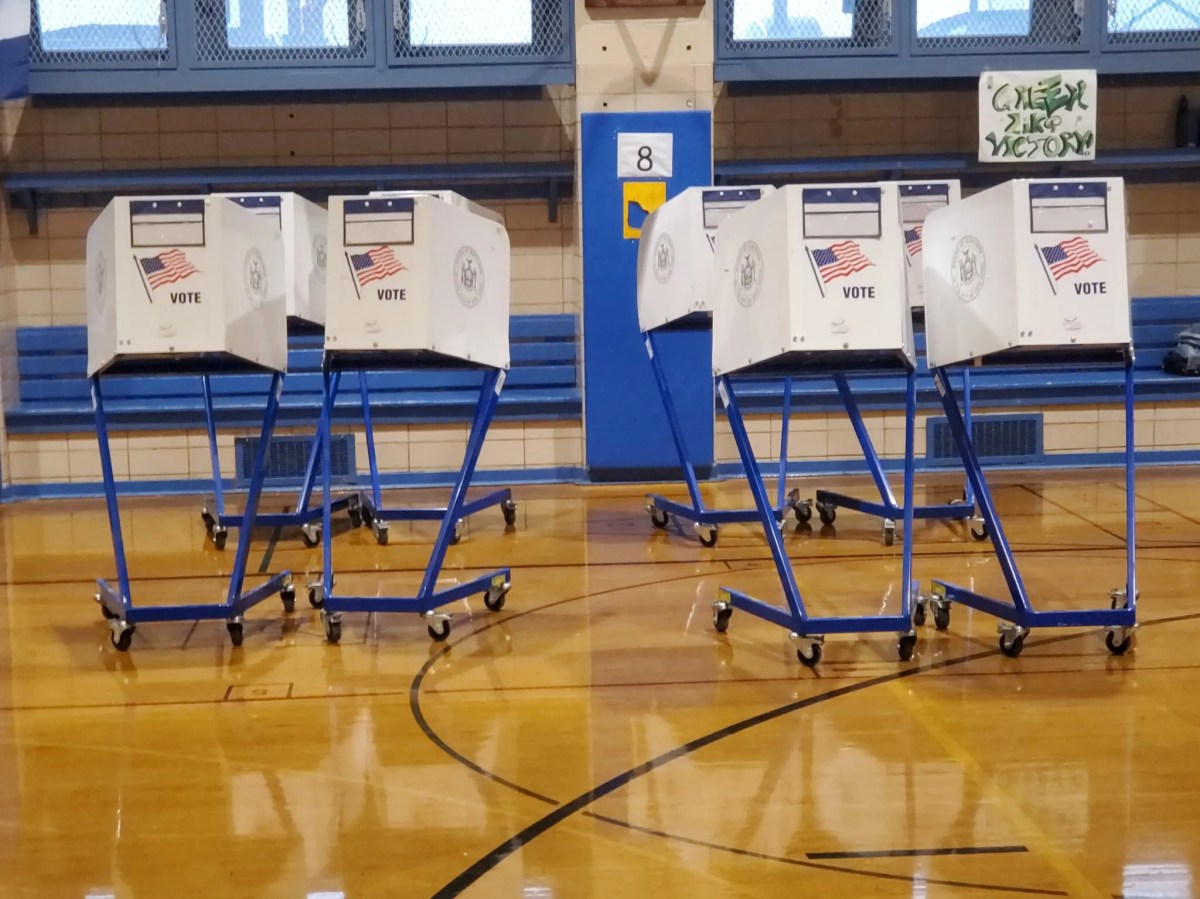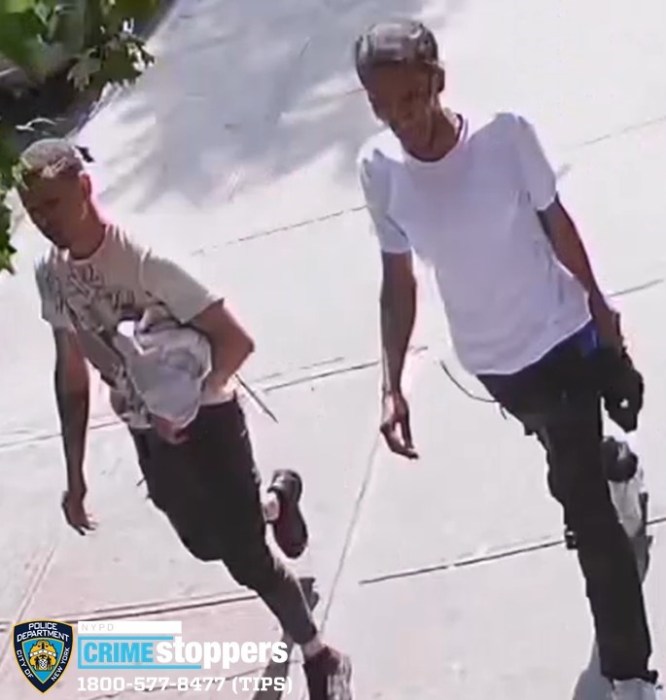With the prospect of congestion pricing looming in Manhattan, many New Yorkers living near the northern end of the toll zone remain bitterly divided over the contentious plan.
If implemented, congestion pricing would charge drivers $15 per day to enter the Central Business District (CBD) of Manhattan, which includes everything below 60th Street, between 5 a.m. and 9 p.m. on weekdays, and between 9 a.m. and 9 p.m. on the weekends.
Fines will be automatically sent to drivers using camera scans of their license plates, and the revenue generated from the proposal would help fund the public transportation system in the Big Apple.
The MTA board voted by a significant margin last month to approve the measure, and hopes to have the system online by the spring.
Along 60th Street on the Upper East Side, which will soon be the border of the pay-to-enter zone, residents had mixed feelings about the idea — with some welcoming the proposed change, and others dreading the idea entirely.
“Yeah drivers have to pay a little bit, but they bring noise and traffic, and so I think it’s fair,”said Cassidy Siebold, a Park Avenue resident, who does not drive. “You should be allowed to do it, but it might cost you a bit.”
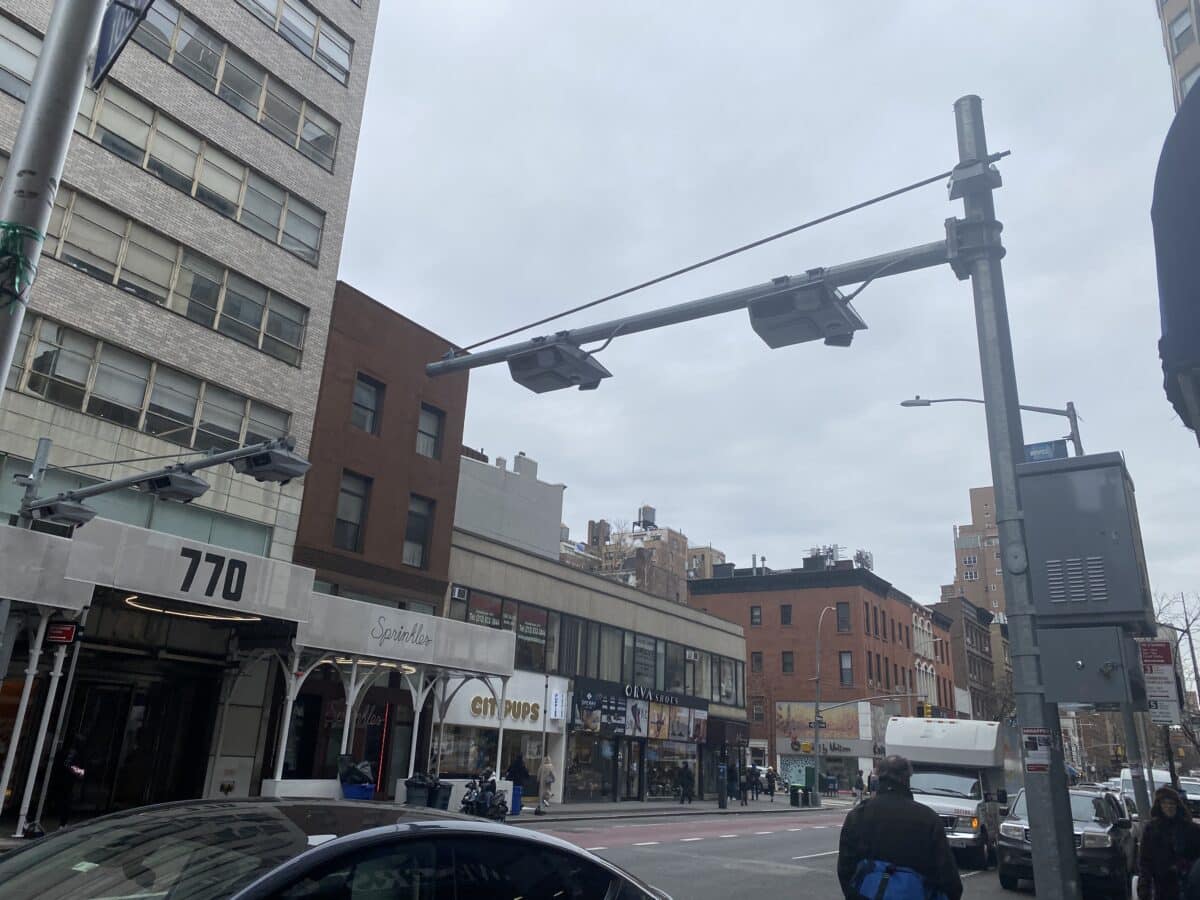
Another Uptown resident agreed, noting the nuisance caused by constant noise and pollution from cars.
“Pollution, noise pollution — it’s not good to have this many cars cramped around all these people, it causes problems. So it shouldn’t be free when you could just take the train,” argued Paul Rossi, a 32-year-old resident of Lenox Hill.
While there were locals who saw the pending congestion pricing plan as a positive development, others lamented the idea — and the extra cash they might be paying on their car-based commutes.
“[It’s] another way to take money from people. They’re out of ideas, so now they charge people to use their own cars,” Chris McMullins, who has resided on the East Side for over 50 years. “It won’t even do anything, just cost people money.”
Some see the value of congestion pricing, but worry that the idea would disproportionately impact vulnerable people.
“If you’re young, you can take the train, or walk, or bike. But if you’re old, or you’re disabled, you basically have to drive,” said Sandra, who declined to provide her last name. “If you can’t get around without driving, you’re basically unwelcome here now? Is that it?”
Sandra also fretted about the pending situation just north of 60th Street, where she worried drivers would idle for hours on side streets looking for parking outside of the CBD.
“It’s going to be gridlock of people driving to 61st Street and stopping — not going any further. Those streets are not designed to deal with that,” she said.
One Upper East Side mother said she worried the area immediately surrounding the CBD would become increasingly dangerous for her two small children.
“I like the idea of charging drivers in this part of Manhattan, I just think it pins a lot of the congestion in one place. It takes a lot of the congestion from other areas, and shoves it all in one place,” said Bonnie Cousins, who recently moved from Brooklyn to Manhattan. “It’s not good to have cars stopped, backed up, double-parked. That creates scary situations for people walking, especially kids.”
The MTA is now underway with a public comment period, where they are seeking out input from New Yorkers about congestion pricing. Click here to learn more.



